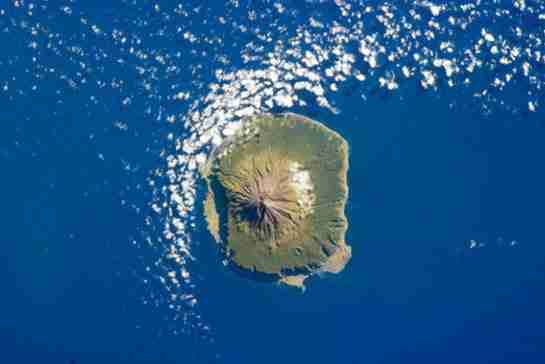RIBA Launches a Competition to Redesign Buildings on the World’s Remotest Archipelago
If you are one of the 288 residents of Edinburgh of the Seven Seas, the only town on the volcanic island of Tristan da Cunha in the south Atlantic, your nearest neighbors are a seven- to ten-day journey away via boat. Located about 1,510 miles from the island St. Helena and 1,750 miles from Cape Town, Tristan da Cunha, a British Overseas Territory, is the most remote inhabited island in the world. The Royal Institute of British Architects (RIBA), has recently turned the spotlight on the 38-square-mile island, announcing a competition to redesign its buildings and infrastructure.

As the island approaches the 200th anniversary of its settlement, the competition seeks cost-effective proposals to improve its community buildings, residential properties, and agrarian systems. RIBA will short-list five entries; each will receive a $4,400 honorarium, and the winner will receive an extra $2,900.
Discovered by the Portuguese admiral Tristão da Cunha in 1506, the island was annexed by the British in 1816 and officially settled by them shortly thereafter. Tristan da Cunha is part of an archipelago comprising four islands, the three others being Nightingale, Gough, and Inaccessible—none of which have any permanent residents.
The Royal Institute of British Architects is accepting submissions at ribacompetitionom